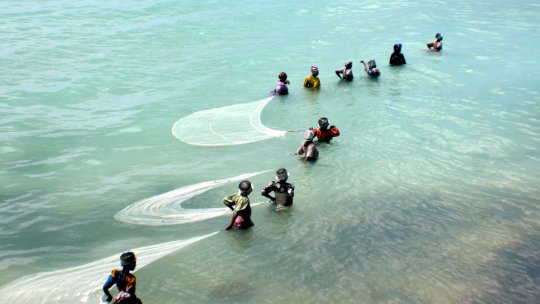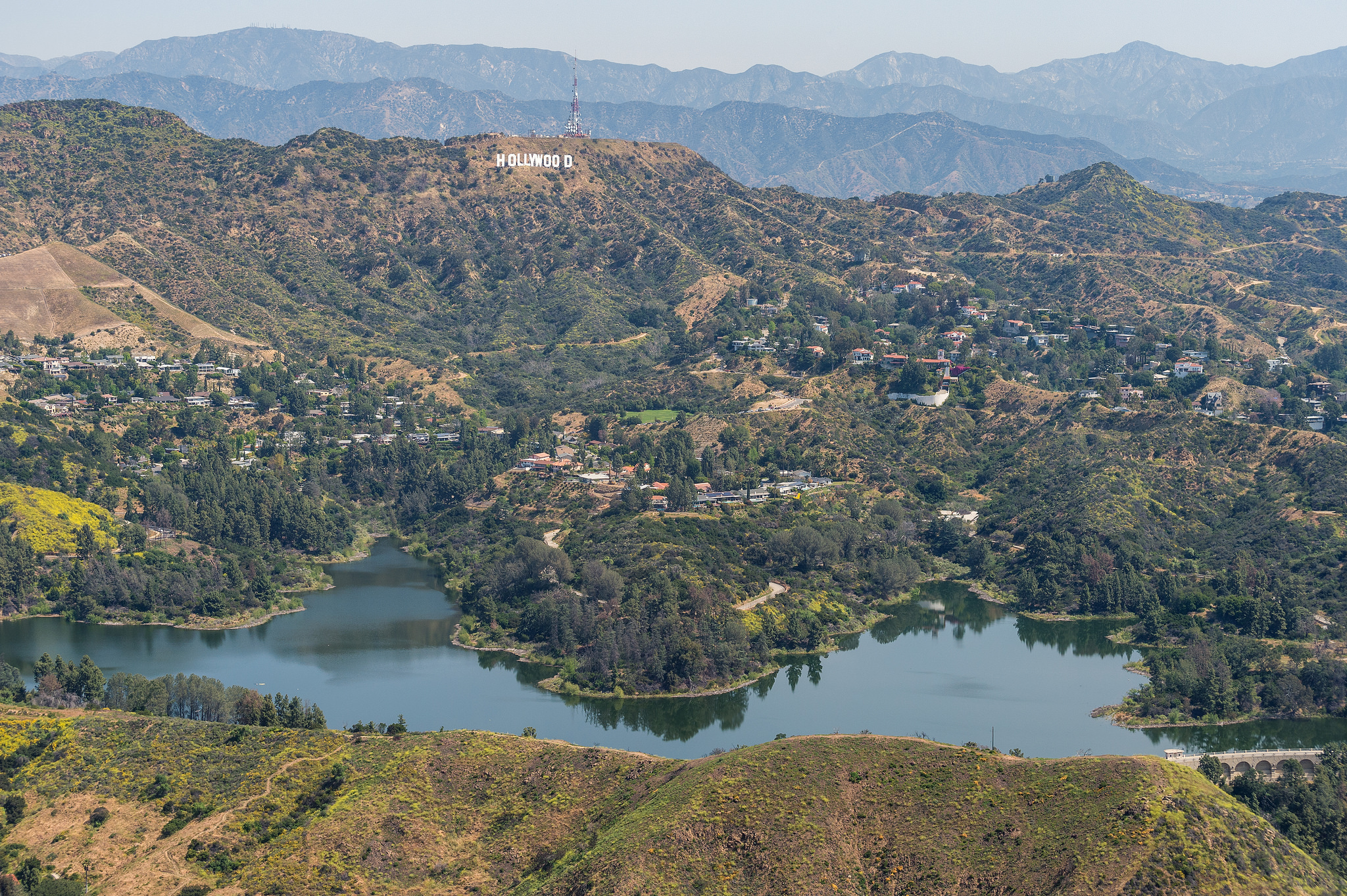
Air Quality Close to Busy Roadways
Heavily traveled roads present a unique challenge for air quality. Routine air quality measurement data (either from government sources or networks like Purple Air) can’t tell you if pollution from…

Heavily traveled roads present a unique challenge for air quality. Routine air quality measurement data (either from government sources or networks like Purple Air) can’t tell you if pollution from…

Pictured above, left to right: Anh-Vy Pham, Sophia Bozone, Tory Coffin, Lea Le Rouzo (Team Leader), David Scolari, and Nicholas Caton (Team Leader) SAR Resilience Team: Developing A Comprehensive Resilience…

Pictured above, left to right: Maninder Kaur, Jasmine Summers- Evans, Rosemary Wallace, Diana Nguyen (Team Leader), Alicia Kwan (Team Leader), Melinda McMonigle, and Fiona Zhang SAR Food Justice and Basic Needs Team: Increasing…

Pictured above, left to right: Emma Stanfield (Team Leader), Maia Rodriguez-Choi, Caroline Schreck, and Elizabeth Popescu. Not pictured: Zachary Devereux (Team Leader) and Cali Ngyuen. SAR University Apartments Waste Diversion…

The circular economy has come to the foreground as a promising means through which to achieve sustainable development. Despite the wealth of literature and action plans centered around the circular…

According to the Centers for Disease Control and Prevention, “Each year in the U.S., at least 2 million people get an antibiotic-resistant infection, and at least 23,000 people die” (2018).…

Communities living in proximity to diesel hotspots — such as ports, rail yards, distribution centers and freight roadways — disproportionately bear the negative health impacts associated with diesel exhaust. They…

In 2007, Los Angeles Mayor Antonio Villaraigosa released the city’s master plan to revitalize the Los Angeles River. Today, the concrete channel is seeing an influx of investment aimed at…

Ships burn thick oil known as residual fuel. Residual fuel comes from the bottom of barrel and is the leftover black liquid from gasoline and diesel. This highly toxic substance…

Two important issues have risen at the forefront of ocean conservation: the concept of the blue economy and the role of women in international maritime industries. The blue economy encapsulates…

In Southern California, zinc is a difficult stormwater pollutant to mitigate. Many vehicle tires contain zinc, which gets transferred onto asphalt while driving. In metropolitan settings, traffic congestion leads to…

In Fall 2018, the UCLA IoES Center for Climate Science kicked off a new five-year project aimed at improving the sustainability of water management operations and planning in Los Angeles County. Our researchers will work closely with key water agencies to ensure that water resources managers take cutting-edge climate science into account.